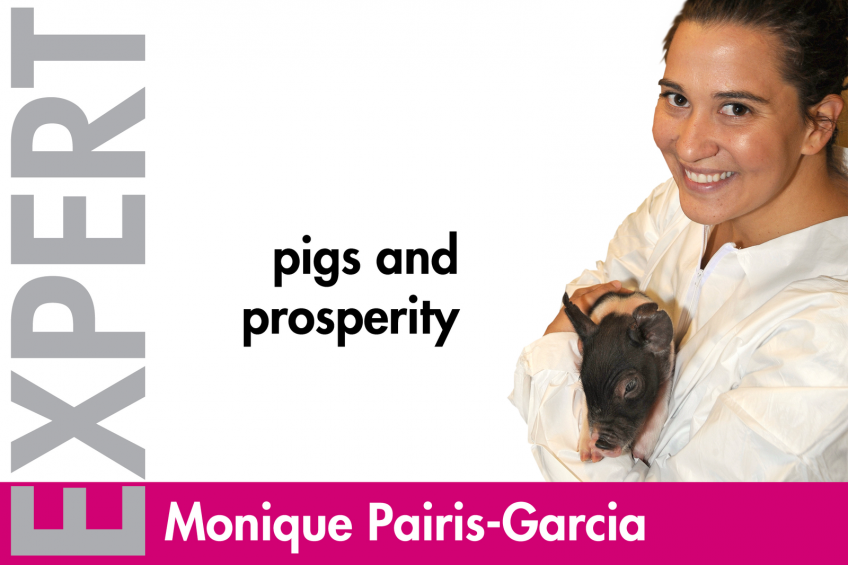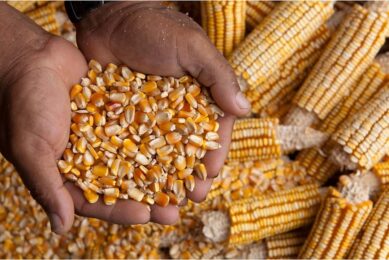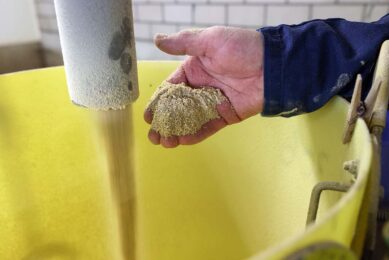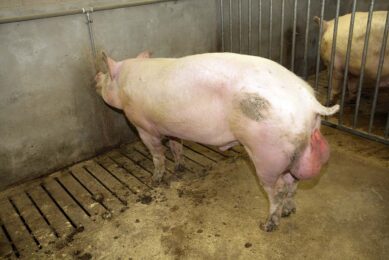Managing aggression in group housed sows

One of the greatest challenges with the transition of farms to group housing systems is dealing with consequences associated with aggressive sow behaviour. When tackling such a large issue, scientists have focused on making changes to benefit the sow in 3 different areas.
Aggression among sows is a very common and normal behaviour driven primarily by the social relationships and hierarchy among the group. The most intense aggressive behaviours occurs usually within the first 48 hours of when sows are mixed. Aggressive interactions including biting, chasing and displacement behaviours (i.e. preventing a sow from accessing a resource such as food or a lying area) and are performed to determine dominance order, with the most dominant sows ranking above the sub-dominant and submissive sows.
Although ranking order is established relatively quickly, major consequences to the welfare of the sow and her productivity can occur. Aggressive interactions between sows result in a higher number of injuries and wounds primarily directed at the head and body of the sow. Sows categorised as submissive or sub-dominant may demonstrate higher levels of cortisol indicating a stress response associated with the aggressive interaction. Lastly, aggression can play a role in sow productivity with dominant sows gaining more weight during gestation than sub-dominant or submissive sows.
Recognising that sow aggression can have negative consequences to the individual sow’s welfare and potential negative impacts to the sow’s productivity and health, addressing ways to mitigate aggression during mixing is critical. When tackling such a large issues, scientists have focused on making changes to benefit the sow in three of the following areas: housing, nutrition, genetics.
Housing
Insufficient floor space can delay the mitigation of aggression because sows are not able to avoid or escape from aggressive interactions. Increasing space allowance, providing physical and visual barriers to protect more submissive sows, and maintaining smaller stable groups that allows sows to become more familiar with their pen mates can all have positive effects on reducing overall aggression.
Nutrition
Once the hierarchy among a group of sows has been established, aggression can still be noted. Behavioural signs of aggression associated with feeding may be due to limited space or access to feeding areas and restricted diets which leave sows hungry. Providing additional substrate such as straw may divert the attention of the sow and decrease fighting, although if the additional substrate is limited increased aggression can occur as sows compete for this limited resource. Feeding sows on the floor at the same time results in the greatest frequency of aggression, therefore feeding regimens should be spread out or allow sows to feed on an individual basis.
Genetics
Like all species, sows demonstrate individual variation in the frequency and severity of aggressive behaviour. Individual variation is inherent but genetically selecting for sows with less aggressive behavioural traits may be a future trend as the swine industry transitions away from individual housing. Selecting for traits that specifically focus on the social behaviour of the individual sow may benefit the welfare of the sow by altering the general behaviour and attitude of the group population.
Aggression with grouped sows will continue to be a challenge for the industry with the recognition that that aggression will likely never be completely eliminated. However, altering the environment, nutritional diet and selecting for sows that demonstrate more positive social behaviours can help mitigate aggression and the negative consequences associated with this behaviour.
 Beheer
Beheer








 WP Admin
WP Admin  Bewerk bericht
Bewerk bericht